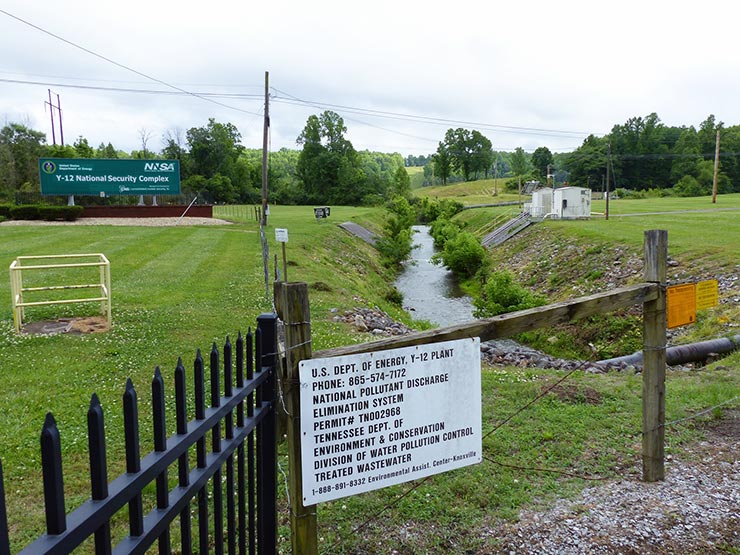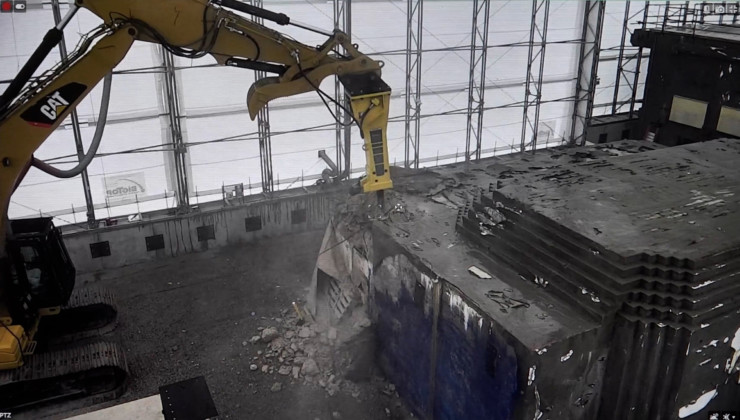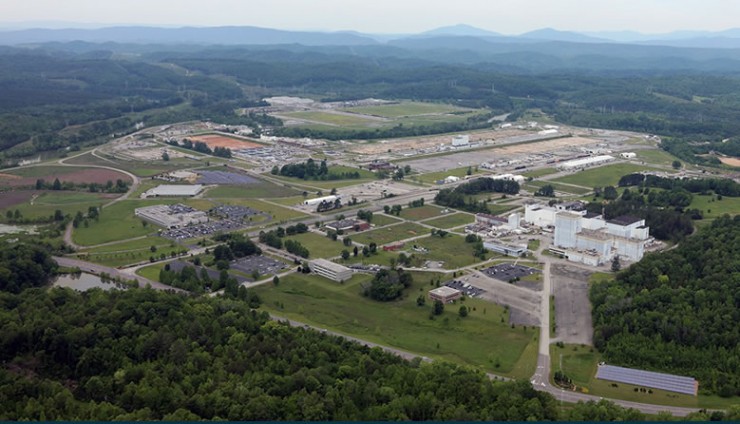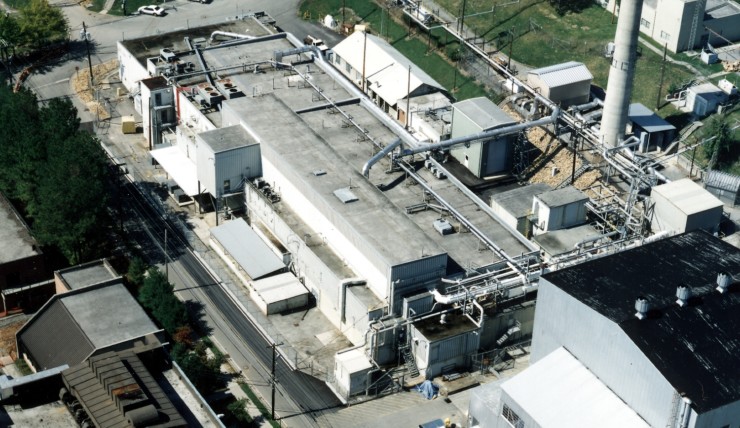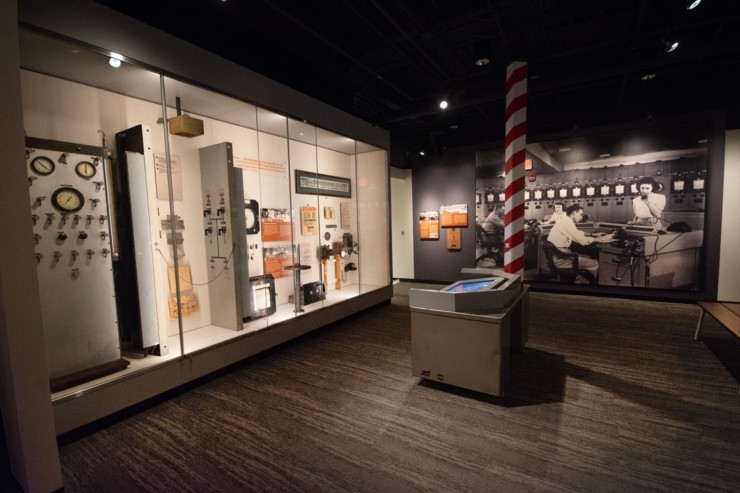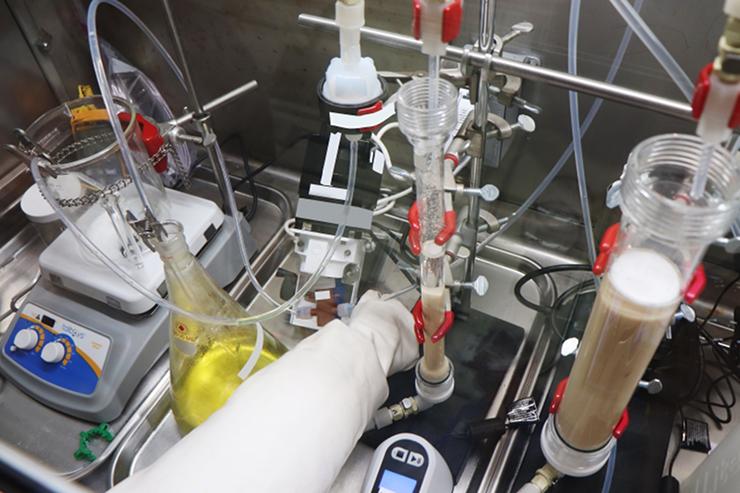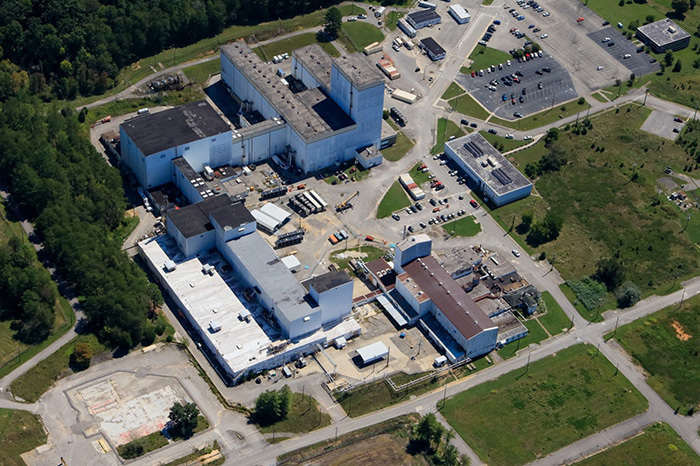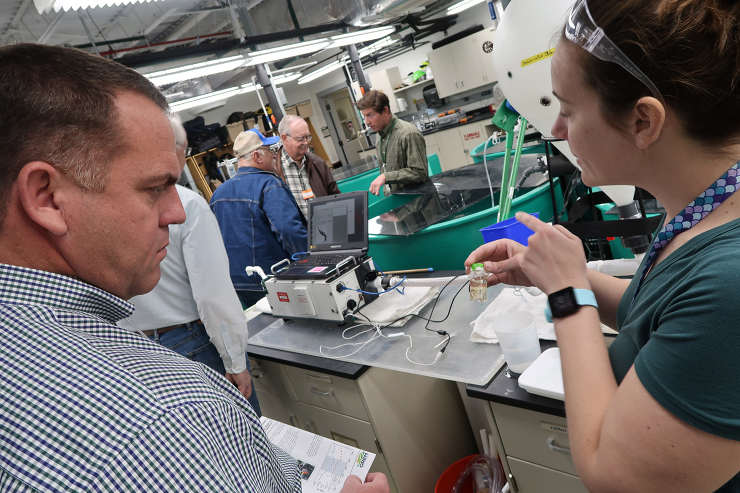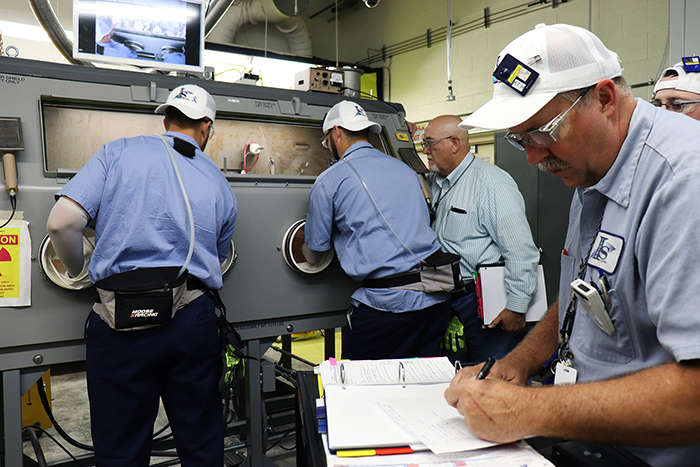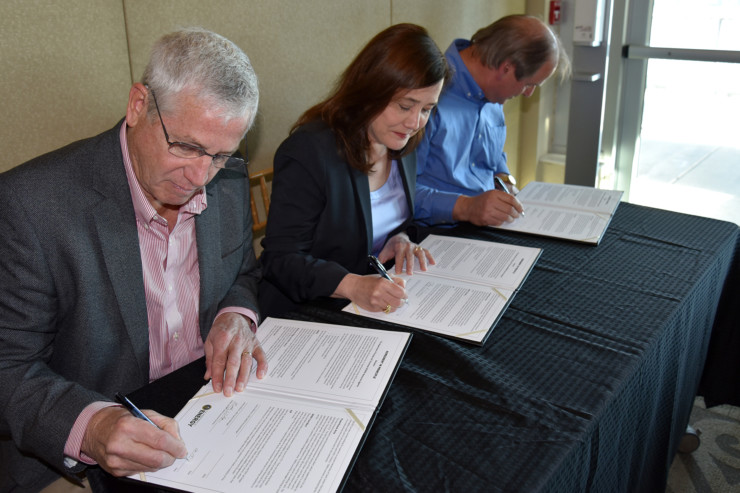
From left, TWRA Executive Director Bobby Wilson, Oak Ridge Office of Environmental Management Acting Manager Laura Wilkerson, and Oak Ridge National Laboratory Site Office Manager Johnny Moore sign an agreement that lays the groundwork to transfer more than 3,500 acres of scenic East Tennessee land from the U.S. Department of Energy to the state of Tennessee. (Submitted photo)
More than 3,500 acres of federal land could be transferred to the state of Tennessee, including Clark Center Park and Black Oak Ridge Conservation Easement.
The land could be transferred under an agreement between the U.S. Department of Energy and Tennessee Wildlife Resources Agency. The two organizations signed an Agreement in Principle on Wednesday, December 15, that “lays the groundwork to transfer more than 3,500 acres of scenic East Tennessee land to the state,” a press release said.
“Transferring this federally owned land will increase natural resource management and designate areas for greenspace and mixed-use recreational opportunities for the public,” the press release said.
The rest of this story is available if you are a member: a subscriber, advertiser, or contributor to Oak Ridge Today. Already a member? Great! Thank you! Sign in here. Not a member? No problem! Subscribe here: Basic
- Basic monthly subscription ($5 per month)—access premium content
- Basic annual subscription ($60 per year)—access premium content
Pro
- Pro monthly subscription ($10 per month)—access premium content, get breaking news emails first, and submit one press release or public service announcement per month
- Pro annual subscription ($100 per year)—save $20 per year, access premium content, get breaking news emails first, and submit one press release or public service announcement per month
Temporary
If you prefer to send a check, you may do so by mailing one to: Oak Ridge Today P.O. Box 6064 Oak Ridge, TN 37831 We also have advanced subscription options. You can see them here. We also accept donations. You can donate here. A donation of $50 or more will make you eligible for a subscription. Thank you for reading Oak Ridge Today. We appreciate your support!

